Rests at a distance of around 10 km to the southeast of Ernakulam district, Sree Poornathrayeesa Temple is one of the eminent temples in Kerala. The presiding deity of this temple is Maha Vishnu, which is worshipped in the form of Santhanagopala Murthy. Here, Santhanagopalamoorthy means "savior of Infants" and the Lord Vishnu is found here in a sitting posture under the shade of five caps of Anantha. It's a unique posture which is completely different from other Vishnu temples where the Lord is usually found in a recumbent posture on the divine serpent.
The rear side of Sreekovil has a small window from where pilgrims can get a close look at the deity of Santhana Gopala Moorthy or Sree Poornathrayeesa Temple. Visitors can also pay a visit at the idol of Lord Ganapathi on the south side of the holy place. Besides the idol of Lord Ganesha, no other Upadevatas are allowed to worship at Sree Poornathrayeesa Temple.
History
Sree Poornathrayeesa Temple belonged to the Kochin Royal Family and legend reveals that Arjuna, the 3rd Pandava son of Mahabharata founded this temple. As per the legend, Lord Vishnu offered the idol of Sree Poornathrayeesa to Arjuna, when he looked for the help of the Lord to give rebirth to a Brahmin's ten children. Arjuna brought those little ones and the sanctified idol in his chariot and forked over the children to the Brahmin. So, to make this event a memorable one, a temple was built in the form of chariot. Then, Arjuna sent Lord Ganesha to search a holy place for setting up Lord Vishnu.
History says that Sree Poornathrayeesa is the elder brother of the deities of Chottanikkara and Pishari temples. Also, it is believed that the Lord was married to Nangema (a Namboothiri girl) from Vadakkedathu Mana. There are various deities from Perumthrikovil (Lord Shiva) and Pishari Kovil (Laksmi) visit here for a combined progress. Locally, this is called as Sankara Narayana Vilakku (Vishnu and Shiva) and Lakshmi Narayana Vilakku (Goddess Lakshmi and Lord Vishnu). The Aarattu of Sree Poornathrayeesa is conducted at the temple pond of Chakkamkulangara Shiva Temple, which is located on the north east of the temple.
Architecture
In the year 1920, Sree Poornathrayeesa Temple was ruined due to fire accidents, but the idols were taken out safely. Then in the year 1921, it was again reconstructed by the great architect Sri Eachara Warrier. The temple has two storied building in which the first floor of the Gopuram include a Mandapam and eight beautifully designed wooden pillars which hold the Mandapam. The word Poornathrayeesa is divided into 3 word like Poorna known as complete, Thraye known as three, and Isa means Lord of 3 Vedas-Rig Veda, Yajur Veda and Sama Veda or Lord of Knowledge.
You may witness a plenty of messages about God which is written in the stone of the temple. The Gopuram on the western side of the temple is very old, which was built in 11th and 13th centuries AD. Keda Vilakku is another attraction of the temple here and as per the legend Arjuna lit this lamp by using Gingely oil. So, now visitors or pilgrims use (Olpenna) Gingely oil to light this lamp in the temple.
Festivals
There are various festivals which are held at this temple. A few of them are briefly described as below:
Moosari Uthsavam : It's one of the celebrated in the month of Chingam (August-September).
Vrischikolsavam: It's one of the most major festivals of the temple which is celebrated in the month of Vrischigam (November-December). It's an eight day annual festival that ends on Monday with 'Kodiyirakkam' and 'Aarattu' rituals. The fourth day of the festival is called "thrikketta purappadu" and it is believed that the deity himself is in the procession.
Then on the eight day of this festival, a holy flag is brought down by the priest of temple and after the holy bath (Aarattu), a procession is taken to the temple with the complement of 'pandimelam', directed by Peruvanam Kuttan Marar. The procession in this festival is accompanied by five caparisoned tuskers. Apart from these, a huge number of programmes like folk arts of Kerala and classical arts of South India are also conducted during this festival.
Atha Chamayam: This is an annual festival which is celebrated during the Onam festival in the month of August-September.
Onbathanthi Uthsavam: This festival is celebrated in the month of Thulam (October-November). It is held on the 9th which means Onbathanthi.
Sankara Narayana Vilakku: This festival is celebrated in the month of Dhanu (December-January) on the festive day of Thiruvathira.
Para Uthsavam: It is an eight day festival which is celebrated in the month of Kumbham (February –March), where the deity is welcomed by the householders with Para (a measuring tin) and offered to the God.
Uthram Vilakku
This festival is celebrated in the month of Kumbham (February-March) every year. On this very day, the Goddess Lakshmi of the nearby temple 'Pishari Kovil' visits Purnathrayeesa temple and then a joint procession is held.
















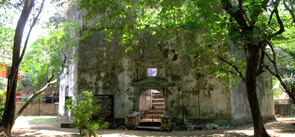






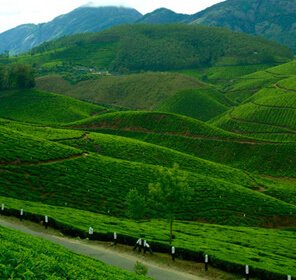
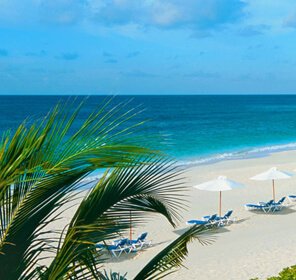
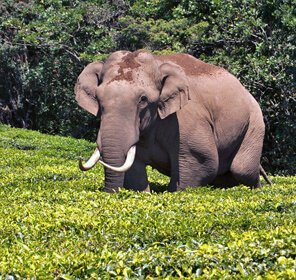

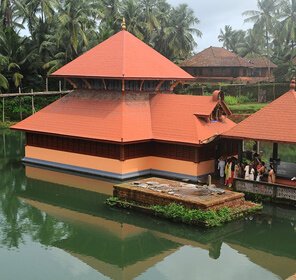

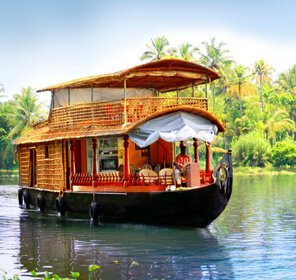
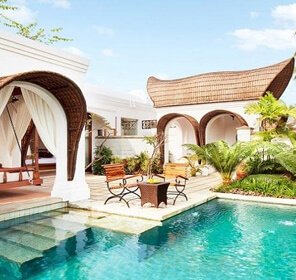
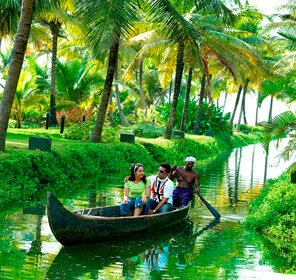





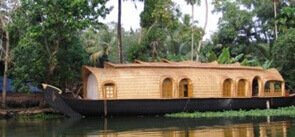
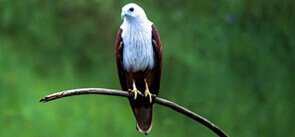
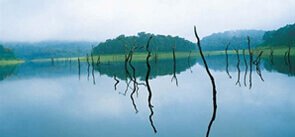
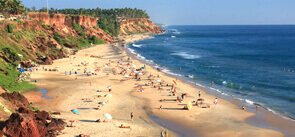
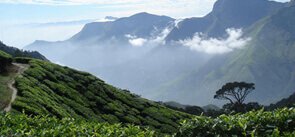
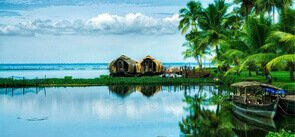
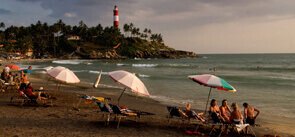
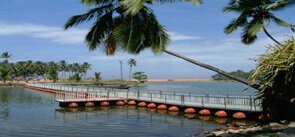
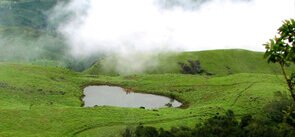
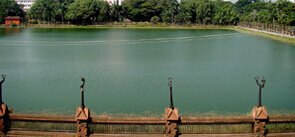
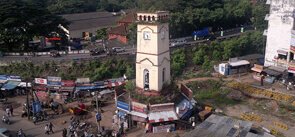
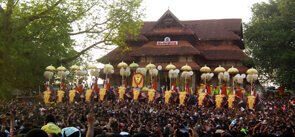
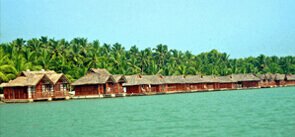
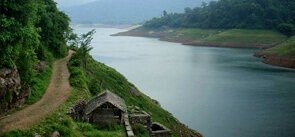
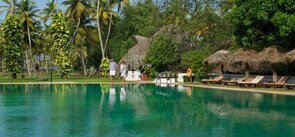
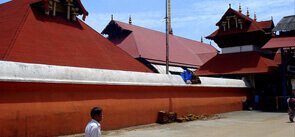
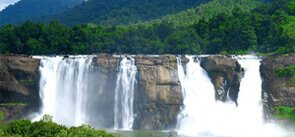
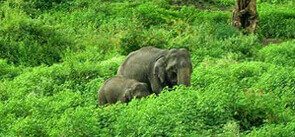
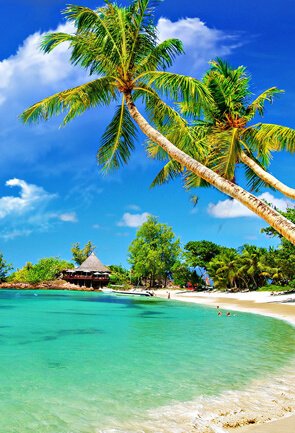
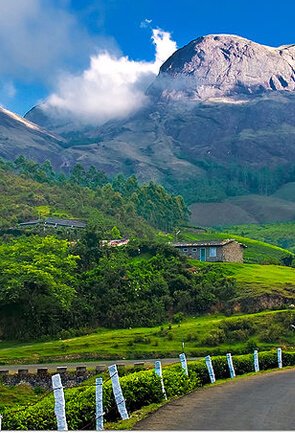
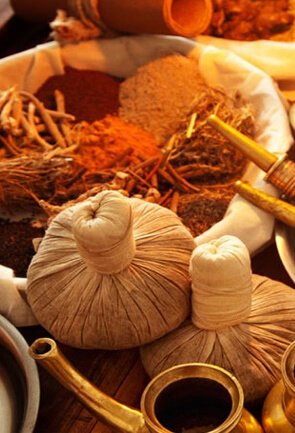
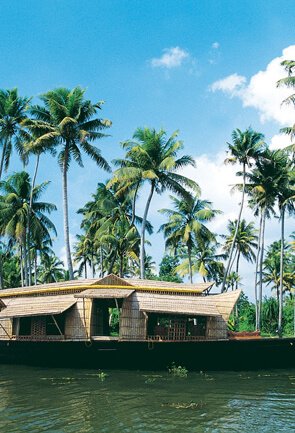
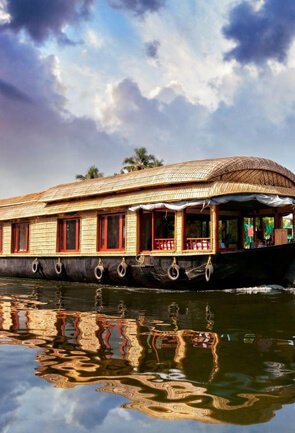
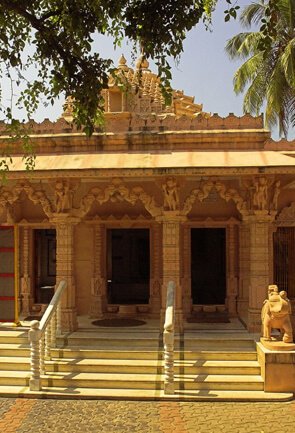
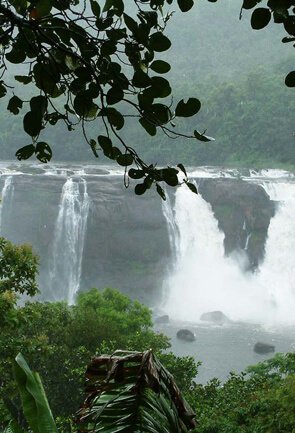
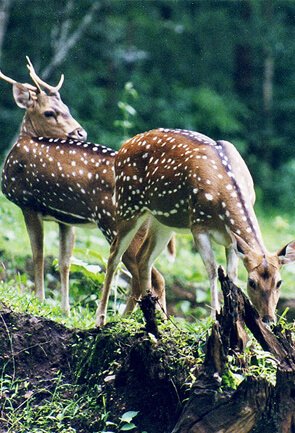
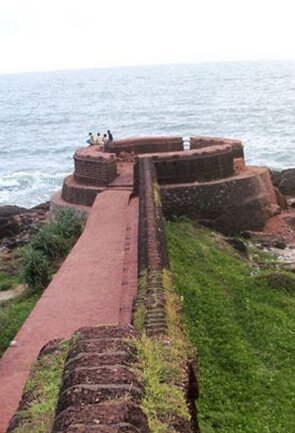
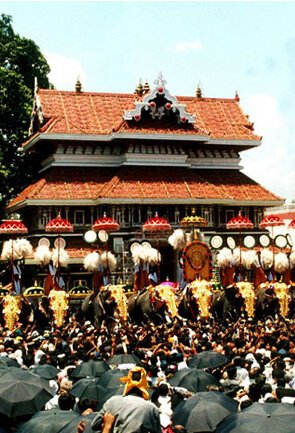
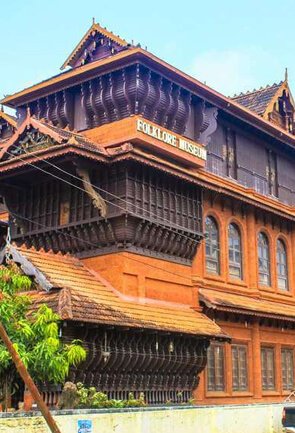
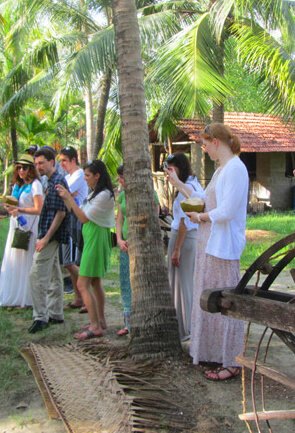
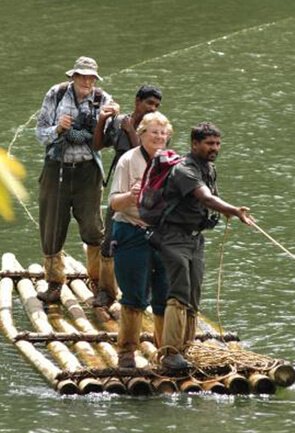
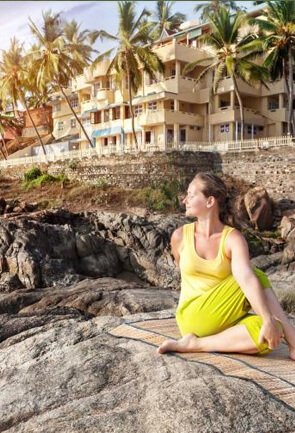
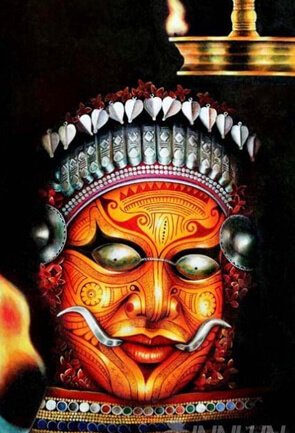
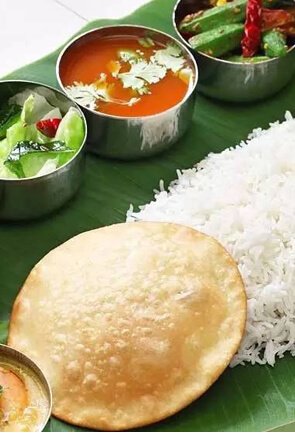
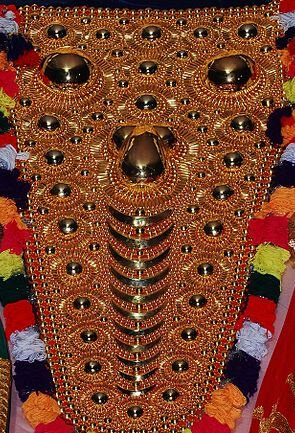
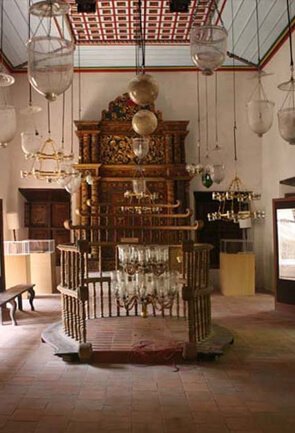

 Plan Trip
Plan Trip Call Us
Call Us Packages
Packages Home
Home